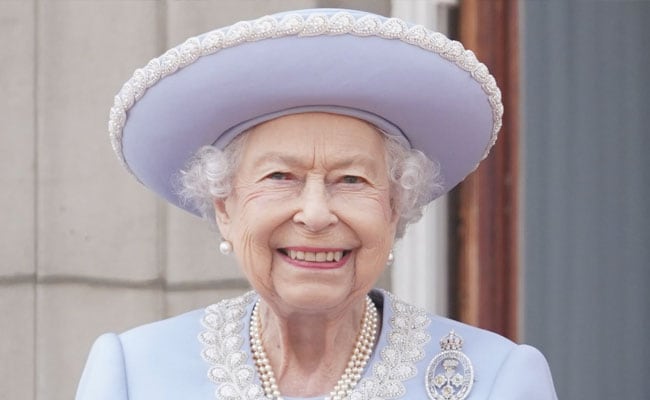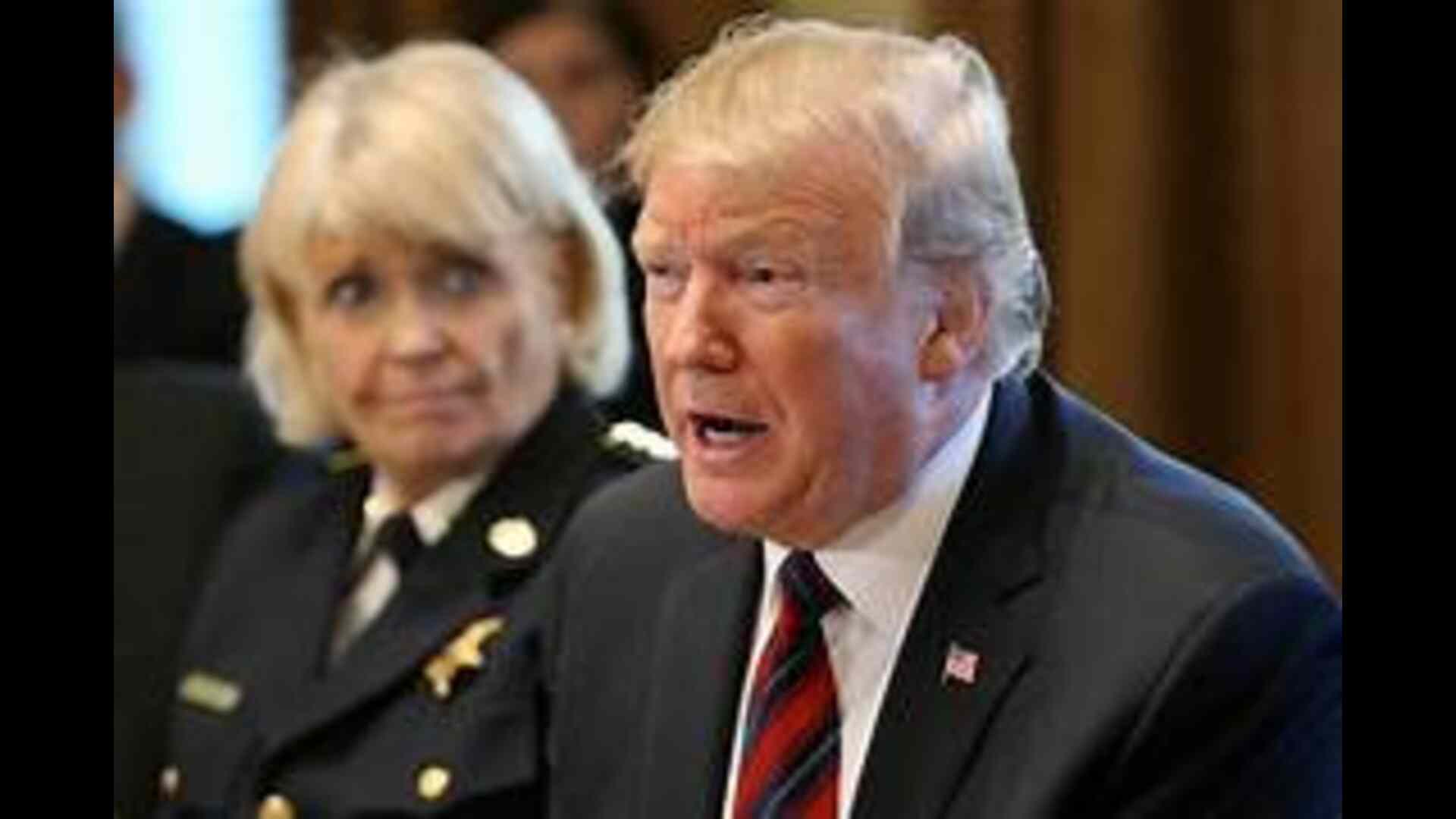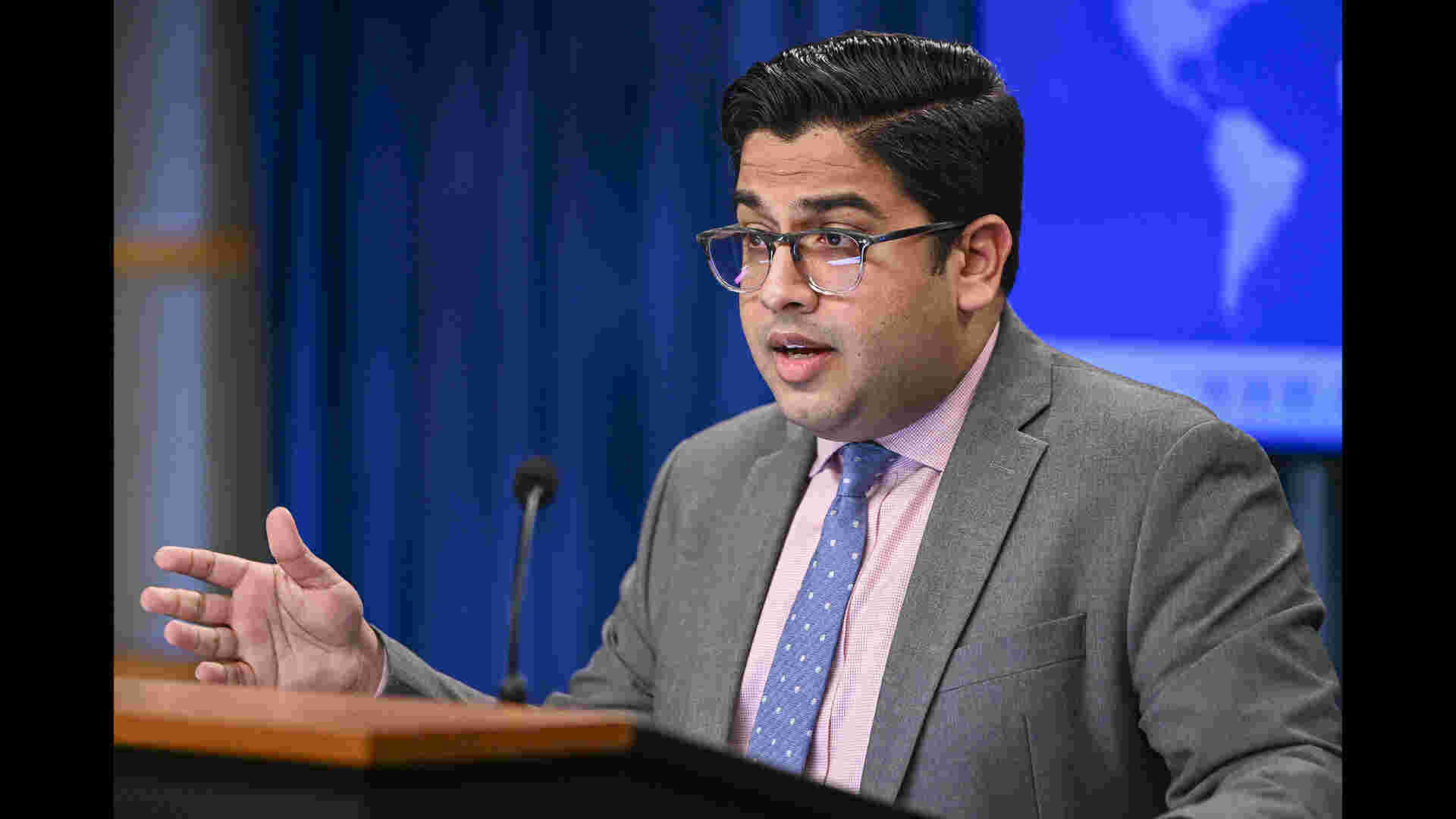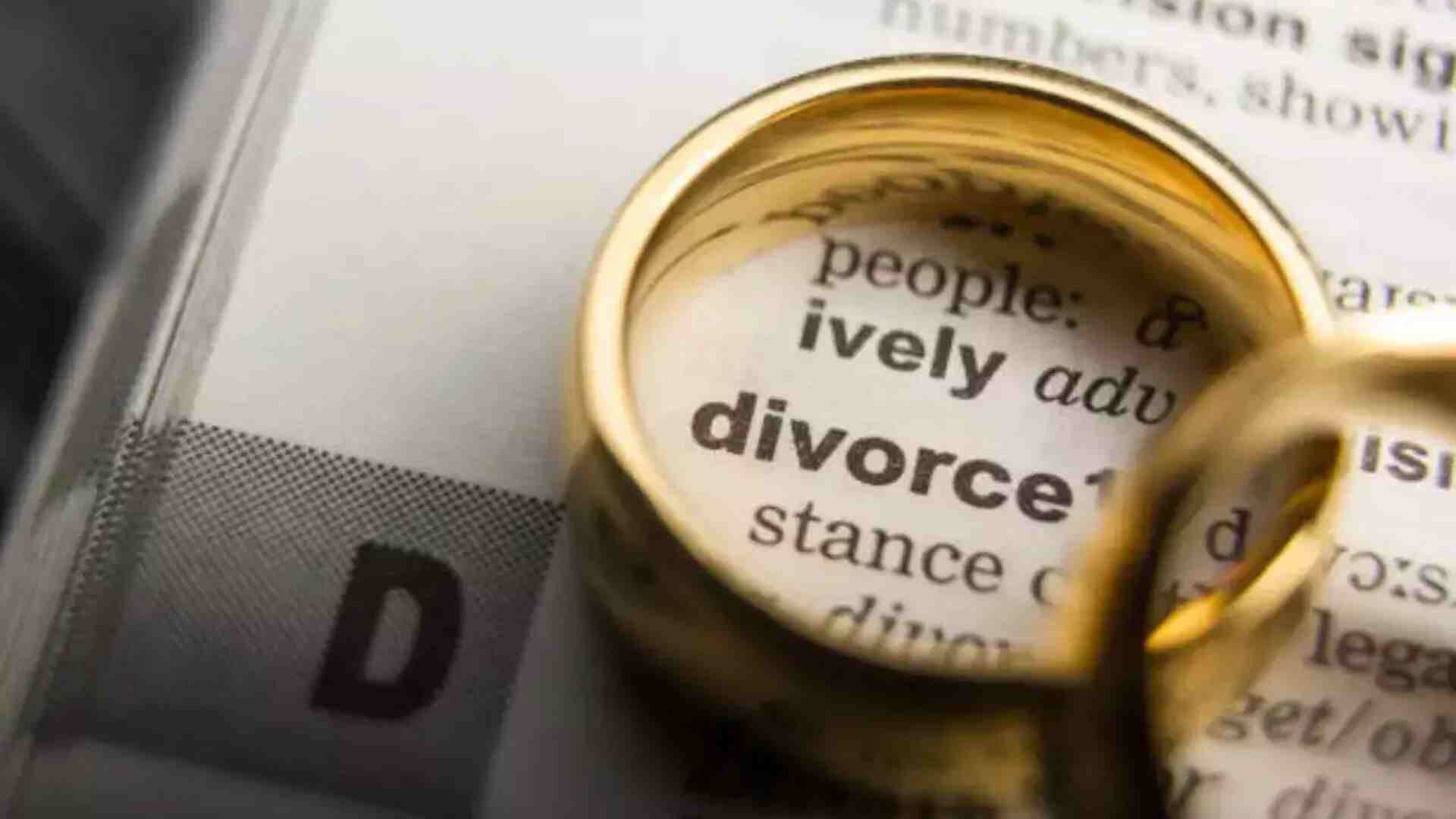
The British government has begun “Operation Unicorn” in the wake of Queen Elizabeth II’s passing in Scotland’s Balmoral.
In order to manage events during the first 10 days between the Queen’s passing and the funeral, UK officials devised Operation London Bridge. On September 8, she died in Balmoral, Scotland.
The Royal Family said in a statement on Thursday that “The Queen died peacefully at Balmoral this afternoon. The King and The Queen Consort will remain at Balmoral this evening and will return to London tomorrow.”
As part of “Operation London Bridge,” BBC broadcasters dressed in all-black suits and ties just before the Palace announced the Queen’s passing.
According to documents obtained by The Politico, Thursday will be referred to as “D-Day,” and the days after that, up until her funeral, would be designated as “D+1,” “D+2,” and so on.
The message that the Queen has passed away is coded as “London Bridge is down,” according to one official memo. A massive security operation will then be launched to control crowds and the ensuing chaos, the report said.
The royal family will next make plans for the Queen’s burial, according to documents viewed by Politico.
The first official government statement will be made by newly appointed UK Prime Minister Liz Truss ten days after the Queen passed away.
In addition to the statements by the prime minister and other government officials, gun salutes will be organised at each saluting station.
The new king will then meet with Liz Truss, and King Charles will address the country via a broadcast.
A committal service will be performed at St. George’s Chapel at Windsor Castle after the state funeral, which will take place at Westminster Abbey.
Queen Elizabeth II will thereafter be laid to rest at the King George VI Memorial Chapel at the castle.
The Queen was born at 17 Bruton Street in Mayfair, London, on April 21, 1926. She was the first child of Queen Elizabeth and the Duke and Duchess of York, who subsequently became King George VI.















